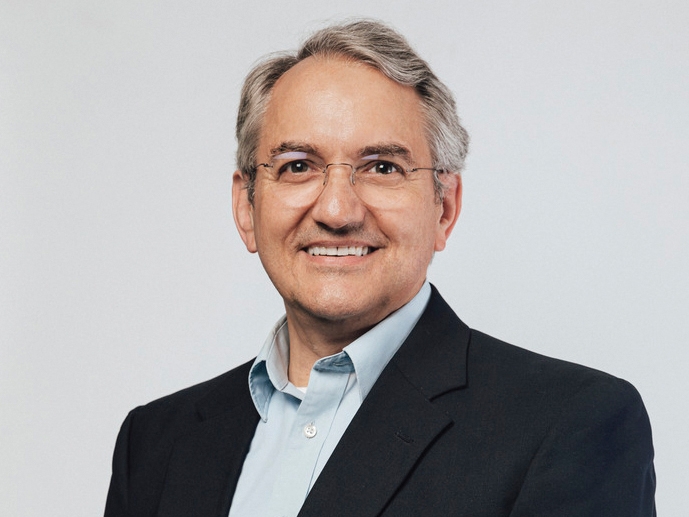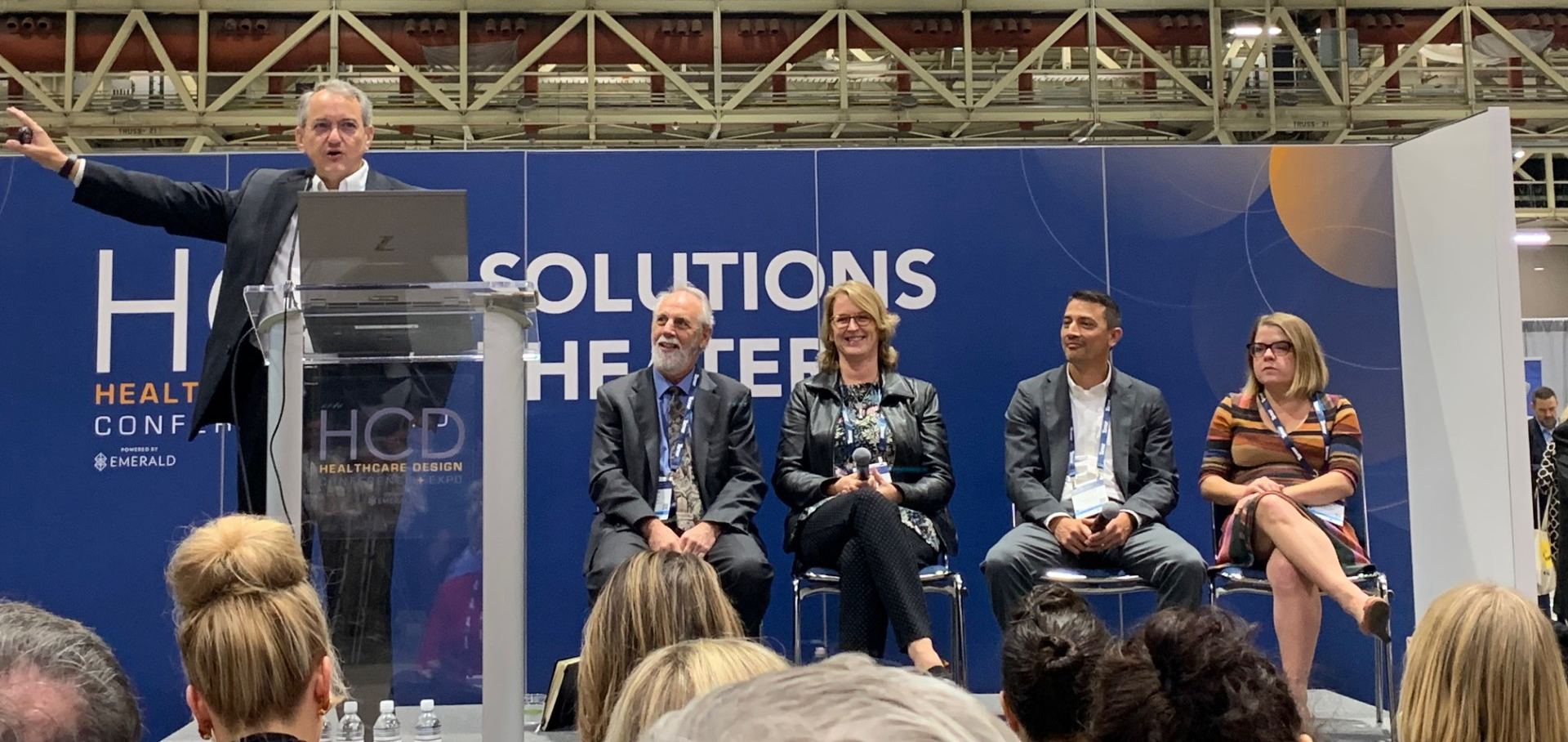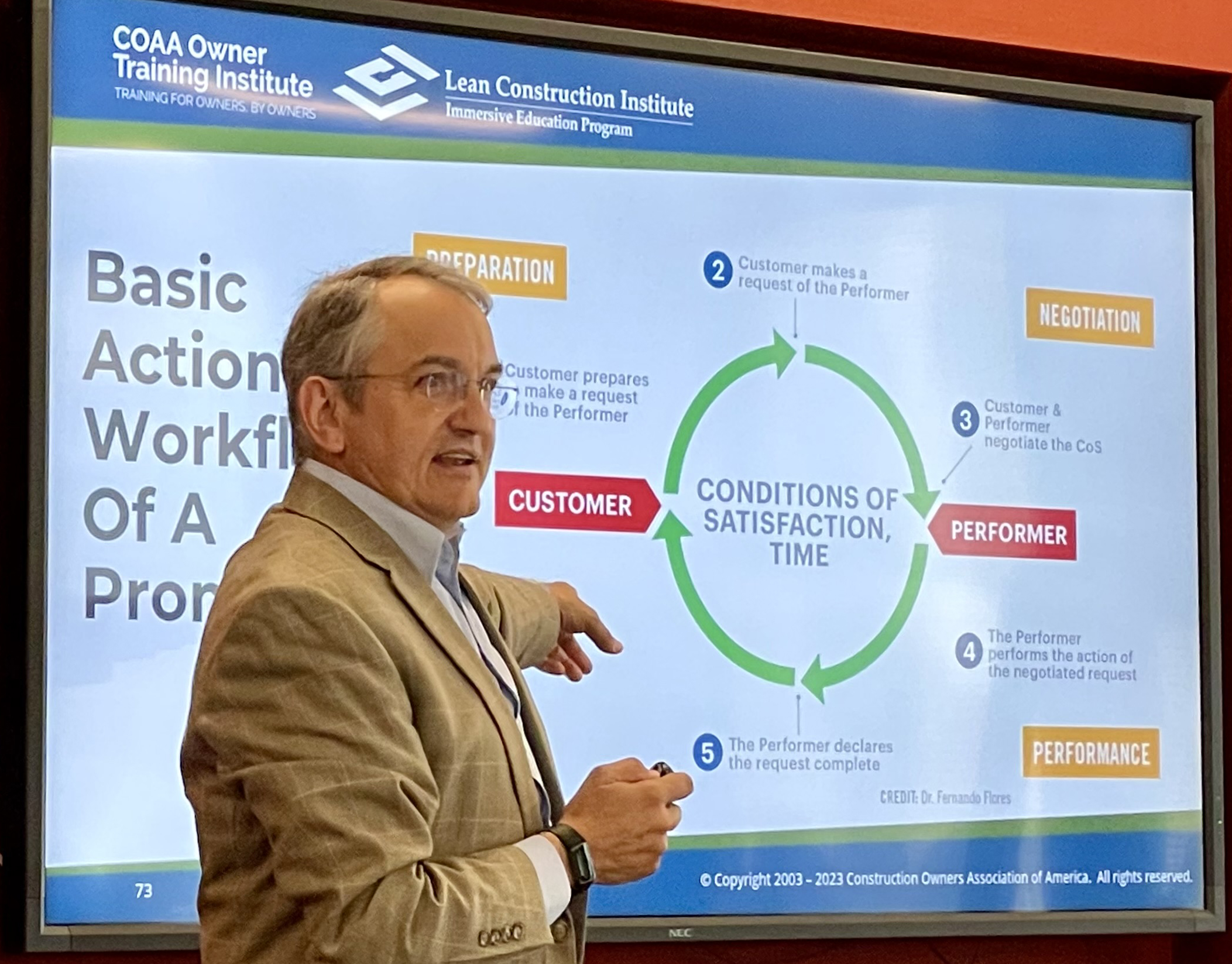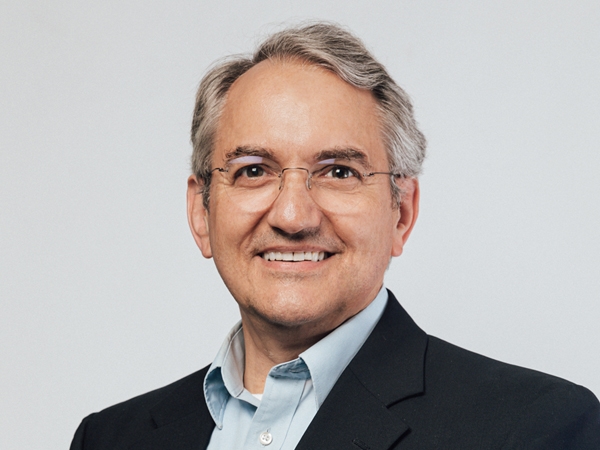
Kurt Neubek FAIA, FHFI, CFM, LEED AP, EDAC, CSSBB, was recruited to Page in 1994 to start the firm’s Strategic Consulting group, working for a decade with all Page offices and multiple market sectors. He then served as Director of Healthcare in Houston for 13 years and as firmwide Healthcare Sector Leader for six years.
Today you are more likely to find him speaking at a conference, teaching classes around the country in advanced project delivery, serving as a Lean Coach to multiple teams, or leading a workshop on his signature “Getting Decisions That Stick!” presentation. He is also Principal-in-Charge for about $1B of projects on 10 sites in four cities. In this post, Kurt shares what drives him in this chapter of his career.
“The meaning of life is to find your gift. The purpose of life is to give it away.”
– David S. Viscott
“Why do I do what I do?” This is such a good question—one worth asking ourselves periodically. I think the foundational beliefs that drive me are:
1. Adding Value
Growing up, I put myself through high school and college making pizza, working at a gas station, and drafting every chance I could find. In grad school I worked as a Design TA and wrote software for the university. I learned early that in business and in life, the greatest rewards and satisfaction come from adding value. Sometimes value means bringing needed knowledge, skills, and experiences that others don’t have. Other times it means being willing to do what others don’t want to do—but are willing to pay to have done. Whenever we interview for a new project, clients primarily judge value by looking for the most relevant experiences, expertise, and ideas. They say, “You work with all the luminaries; what are they doing that we should consider?” That’s value. Clients also ask us to design buildings faster than others are capable of. As I often tell our teams, “If this were easy, they wouldn’t need us.” Our clients need a team that can figure out how to meet their goals exceptionally well. When teams embrace a spirit of collaboration and creative problem-solving, it is so rewarding to see the enthusiasm and innovations that emerge.
2. Striving for Excellence
Page’s clients rightfully have high expectations for our knowledge and performance. In response to that, the people I work with will tell you that I set a high bar for our performance. To help keep us at the forefront, I keep up with, and share with our teams, the industry’s best practices in project-specific trends and regulations as well as broader project delivery trends and innovations. Since we are committed to evidence-based design, that evidence should include the processes we use to design. Many studies have shown that the best-performing projects—those where the client was engaged, the project was completed on time and within budget, and was deemed to have achieved design excellence—are those that made the best use of Lean practices. To keep up with Lean, Integrated Project Delivery, Last Planner® System, Target Value Delivery, takt, prefab, and similar successful project strategies, it was important to me to know this material extremely well—not just a second-hand version. So, years ago I started studying Lean, earned a Six Sigma Black Belt, took many courses with the Lean Construction Institute (LCI), and became a part-time instructor for LCI. I then successfully used these practices for years on many projects, and I serve as a Lean Coach to any teams that want to learn more.

3. Sharing What I’ve Learned
I imagine every professional remembers times they benefitted from more experienced coworkers taking the time to explain how things are done. I certainly credit much of my career success to standing on the shoulders of giants. Design professions require a commitment to lifelong learning, and that requires people willing to share what they’ve learned. I’ve felt this way all my life. Early in my career as an architect, I taught AutoCAD part-time at local universities and guest lectured on architectural programming. Over the years, I’ve taught many people how to use the Problem Seeking methodology for predesign analysis, how to facilitate meetings, and shared tips on using Excel, Word, and PowerPoint.
As a young architect, I remember being stunned when a project manager mentioned that he really needed to understand the building code…so he took it home and read it! At the time, that was a new concept for me. But once I did the same, it was a turning point in my confidence and capability as a professional. As my career evolved, I spent more time studying healthcare regulations, the Life Safety Code, and the Americans with Disabilities Act. In the beginning, I just really wanted to know the materials to add value to clients and to do things correctly the first time. Since I thoroughly review and mark up every drawing that goes out with my seal and signature, for the last couple of decades I’ve spent a lot of time teaching project teams how all these regulations come together. Whether we’re designing a new multiple-building hospital campus or a relatively straightforward interior build-out, there are always challenging regulations to understand and new team members who need to learn them.

This is also why I do so much public speaking and writing. I’ve been working so closely with our clients for decades that I understand the issues they are grappling with. Being able to think like an owner is extremely valuable as a design professional, and it makes my conference presentations more engaging and relevant. Someone recently asked me to complete the thought, “You’re at your best when you’re…” Currently, my reply is, “…giving a keynote address.” I’ve spoken at more than 125 conferences and webinars and find that public speaking brings out the best in me. I have to rise to the occasion to give the audience insights or information they can use and to deliver it in a captivating way. It’s a challenge that energizes me every time.

The broader idea of sharing what I’ve learned is also why I am an instructor for the Lean Construction Institute (LCI) and for the Construction Owners Association of America (COAA). I am one of the few architects who helped develop two COAA/LCI “Lean for Owners” courses and have co-presented that material to owners across the country.
4. Paying It Forward / Leaving Things Better Than I Found Them
As a scout leader for 18 years, sleeping on the ground for about 30 nights per year for many years (which I actually miss!), I thoroughly enjoyed countless adventures with my sons and friends. The “leave things better than you found them” mentality is very tangible in the wilderness, but it applies just as well to many aspects of life and business. I hope the owners and the project teams I have worked with would say that my small part in their projects made a positive difference.
My biggest impact, so far, may be “Getting Decisions That Stick!” This started out as a conference presentation that struck a chord with audiences. Every time I presented it, someone would say, “Why is no one else talking about this?” and “I have another audience that really needs to see this.” I have presented it across the country, including multiple keynote presentations to audiences of up to 1,200 people (so far). This topic is now a half-day workshop for the Lean Construction Institute, is included in COAA’s Advanced Lean for Owners course, and I am working on a book.
5. Relationships Matter Most
While all the above is important and valuable in a career, relationships matter most. At its core, a project is a network of people making commitments and decisions. If we help every team member—including owner, design team, and build team—do these things well, then projects can’t help but run smoothly. Imagine how easy all aspects of your life would be if everyone delivered exactly what they promised when they promised it. Creating a project culture where high-performing teams thrive is fundamentally about respect for people and their humanity, and helping the team make informed, no-regret decisions.
When I was elevated to a Fellow in the American Institute of Architects more than 20 years ago, I was called, “an Architect of Decisions.” At the time I did not realize how much that would be a unifying theme for my career.
It has been a joy and a privilege for me to spend almost 30 years with Page, growing as a professional and representing the firm across the US and internationally through project delivery, conferences, webinars, podcasts, and articles. I am extremely optimistic about the future of Page.
